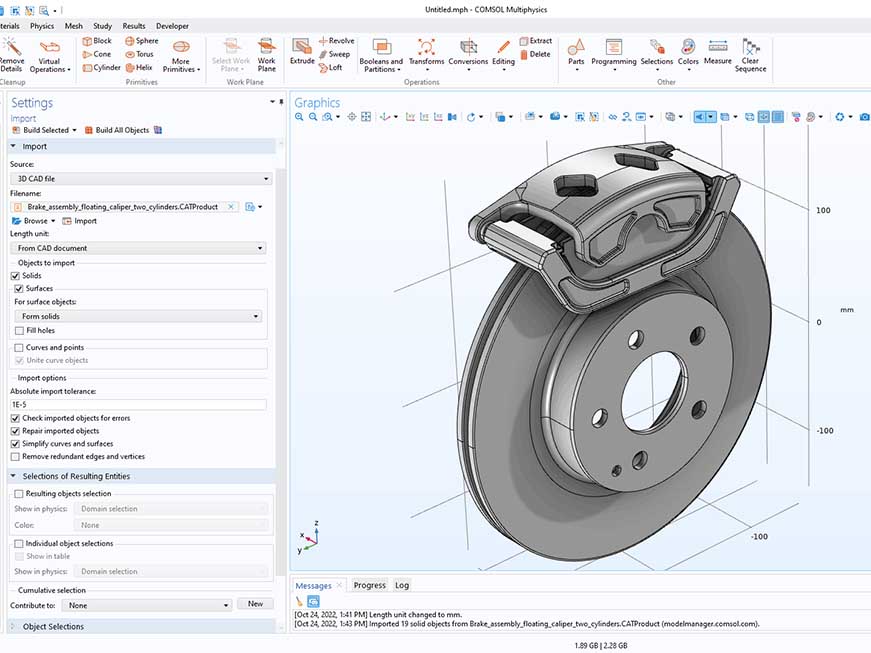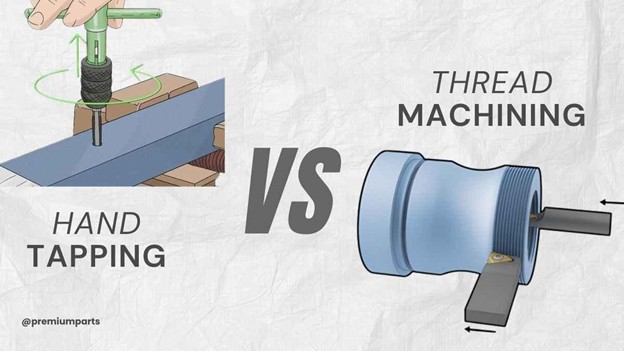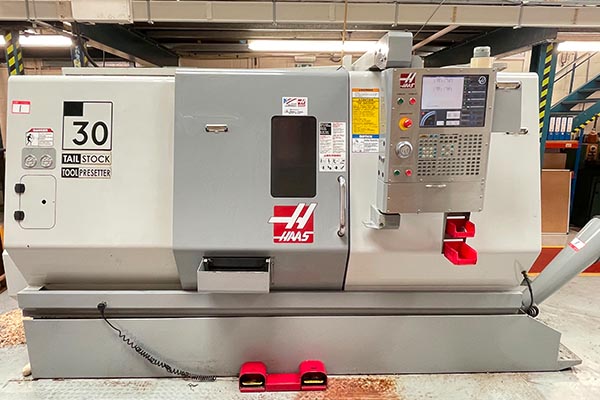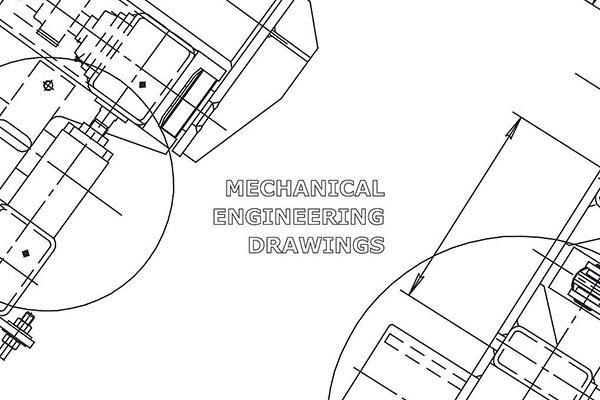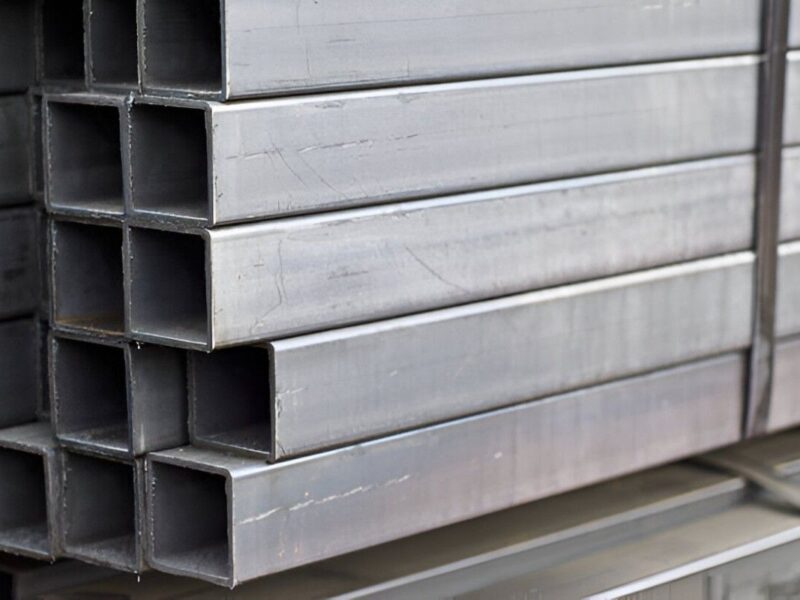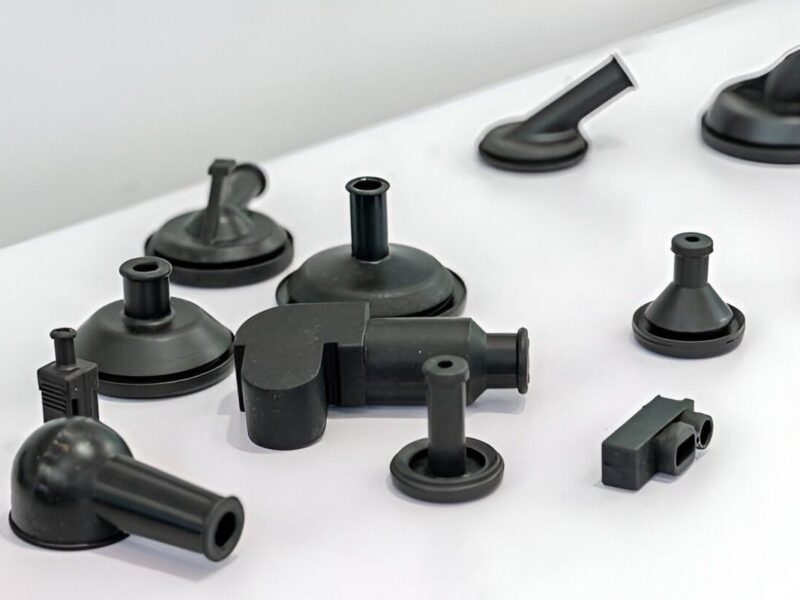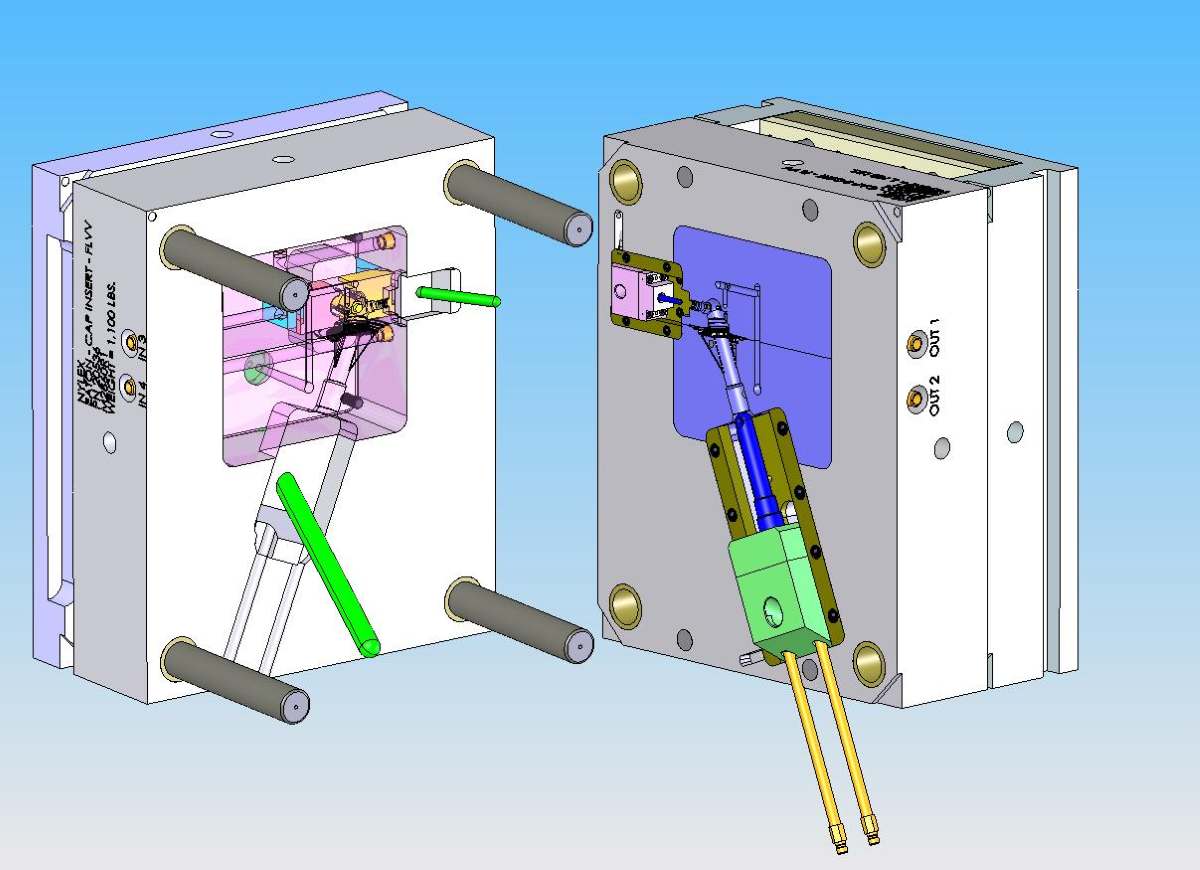 If you’re using injection molding side action for design optimization, CNC advancements have made the process more precise. Through side actions, designers can create intricate designs that maintain functional improvements and productivity. Moreover, implementing side actions in mold design helps minimize both production steps and manufacturing expenditures. Such inventions unite creative design elements with practical manufacturing requirements for part development.
If you’re using injection molding side action for design optimization, CNC advancements have made the process more precise. Through side actions, designers can create intricate designs that maintain functional improvements and productivity. Moreover, implementing side actions in mold design helps minimize both production steps and manufacturing expenditures. Such inventions unite creative design elements with practical manufacturing requirements for part development.
In this guide, we will provide a knowledge base about injection molding side action, working principles, applications, and considerations for optimizing mold design.
What Is Injection Mold Side Action?
 Injection Molding Side Action
Injection Molding Side Action
Image Description: An illustration shows a mold with a cavity and core. The side action component is labeled, indicating its position in the mold.
Side actions in injection mold represent a specialized mechanical element within mold design. Here are the critical aspects:
- The movable side action operates through slides and cores as its movement elements.
- Molded parts activate these slides through mechanical, hydraulic, and pneumatic processes during the production cycle.
- The mold features move across directions perpendicular to the mold’s opening and closing movements to create intricate features.
- The mold opens after the part solidifies when the side actions return to their original position. The method ensures an easier release of molded parts after processing.
Nowadays, advanced injection molding designs require side actions to achieve precision and develop highly detailed features in parts.
Premium Parts, a one-stop solution, provides its clients with high-quality injection molding services, including insert molding, over-molding, mold making, on-demand manufacturing, plastic injection molding, and many more. Our experienced staff helps you whether you need to fabricate prototypes or on-demand production to meet your customized needs.
How does Injection Mold Side Action Work?
The operation of side action follows a systematic process. The process goes like this:
Side Action Deployment
Side action molding setups help create features such as threads and deep undercuts. In fact, a standard mold up and down motion cannot create these features. As dictated, side actions are introduced in the mold from its sides to generate complicated designs.
Side Core Activation and Mold Closure
Here, side actions can operate together with hydraulic cylinders and pneumatic systems. The mold closure activates the cam, which drives the side core into its designated position.
Mold Opening and Side Action Retraction
The mold starts its opening sequence by having side actions move backward before it opens. It protects both the part and molds during their removal sequence. The precise timing of mold opening and side action movement determines operational efficiency and exact cycle control.
Types of Injection Mold Side Actions
Selecting the right type of side action can reduce the cost of tool administration and save time. Different side actions have distinct benefits, making it convenient to fabricate custom types for every task.
Cam-Driven Side Actions
Side actions controlled by cams represent the most widespread mechanisms in injection molding operations. A mechanical cam system operates through the side-core movement. The mold closure triggers the cam pin to enter a slot on the moving side core. It then pushes the cam to generate intricate mold features. The system operates with exceptional efficiency, which makes it ideal for manufacturing large quantities.
A simple design of the cam often leads to dependable operation and affordable implementation. These systems do not require a constant supply of power, such as hydraulics or pneumatics. For a smaller mold design, cams are best for molding side action to create holes or grooves without compromising on part quality.
Cam-driven side Actions deliver optimal results when the part design follows the natural movement of the cam. Maintaining proper alignment with regular lubrication combined with ongoing maintenance, ensures mold performance consistency and protects equipment from damage due to time-related wear.
Lifters
 Injection Molding Lifter
Injection Molding Lifter
Image Description: An illustration shows a lifter component of an injection mold.
Lifter side actions enable the production of undercuts and angled features. Such features cannot be achieved with typical molding side actions. In general, side actions move in a straight line, but lifters achieve both vertical and angular movement. The dual movement capabilities allow lifters to retract from complex features during part ejection so the mold can safely release it.
Lifters consist of a guide pin, lifter rod, and an angled insert that works in assembly. The guide pin triggers the lifter rod to move it both upward and outward during mold opening. Once the mold opens, the lifters move to help release the molded part from any angled or undercut areas. Lastly, these return to their starting position when the mold closes after the part has been removed.
In addition, lifters can make designs for internal features and deep grooves in the structure. For a successful operation, exact alignment is needed for the design choice to prevent any type of sticking and damage. Selecting the appropriate tool for the task will enable the manufacturers to maintain the quality of the end product.
Sliders in Injection Molding Side Actions
 Injection Molding Mold Slide
Injection Molding Mold Slide
Image Description: An illustration shows the sliding components of an injection mold. The slides are clearly visible, showing their shape and position.
Sliders are more frequently applied in injection molding applications. These components operate either horizontally or at a predetermined angle to generate features that run perpendicular to the mold opening direction. The slider is usually an integration of a core component that moves within the mold design.
The slider functions through power sources that include cam mechanisms, hydraulic cylinders, and pneumatic actuators. The mold-closing process allows the actuator to drive the slider into position, which creates the intended part shape. After plastic solidification, the slider moves backward as the mold opens, so the part can be released without any difficulty.
In addition, sliders deliver outstanding precision alongside flexible operation. So, these are perfect for detailed design work. Engineers must conduct precise design work to achieve the right slider motion alongside correct alignment and the sufficient force needed to create the part.
Unscrewing Side Actions
Unscrewing side actions serve to mold parts with threaded features, including caps, lids, and connectors. These operate through rotation to free-threaded parts during ejection, while side actions with traditional designs move either straight or at a slant.
A motorized/mechanical drive system operates the core that is responsible for forming threads. The precise rotation of such systems depends on servo motors, hydraulic motors, and rack-and-pinion systems. The unscrewing core rotates in unison with the stationary parts to separate threads before the mold completes its opening motion.
In addition, unscrewing siders helps make complex threaded components, yet their implementation requires extra complexity and cost. The mold opening needs to match precisely with the core rotation for these mechanisms to function properly.
Collapsible Core Side Actions
 Collapsible Core in Injection Mold Design
Collapsible Core in Injection Mold Design
Image Description: An illustration shows a collapsible core used in an injection mold. The core is depicted in its extended and collapsed states to show how it forms internal features.
Collapsible cores are advanced side actions that enable the production of parts that encompass internal undercuts and complex hollow features like threads and deep recesses. The cores contract internally. When the ejection process starts, it allows the molded piece to exit without any shape distortion. Besides, their mechanism removes the requirement for unscrewing procedures and multiple mold components.
During injection molding, the collapsible core’s segmented sections expand outward to create the required internal shape. These segments move back into the mold after the plastic part reaches solidification. The system activates through mechanical, hydraulic, or pneumatic systems.
In addition, the implementation of collapsible cores demands precise engineering work and strict tolerance. Besides, it needs regular maintenance to maintain reliable performance.
Table: Side Action Types, Pros and Cons, & Applications
| Types of side actions | Advantages | Disadvantages | Applications |
| Cam-Driven Side Actions | High production speed
Reliability Suitable for simple designs |
Need precise alignment
Can’t be used for complex geometries |
High-volume production
Simple undercuts |
| Lifters | Can form angled features
Ideal for deep undercuts |
Specific angles and features
Requires accurate assembly for smooth movement |
Deep recesses
Threaded parts
|
| Sliders | Flexible for creating angled features
High precision |
Requires lubrication and maintenance | Making slots
Holes or grooves in molded parts
|
| Unscrewing Side Actions | Use for molding threaded parts
Create complex threads without damage |
High setup cost
Requires careful synchronization |
Parts with threaded features |
| Collapsible Cores | Splendid for internal undercuts
Removes unscrewing mechanisms |
Complex and expensive setup
|
Parts with internal threads or intricate recesses |
Design Guidelines for Injection Mold Side Action
The design process for molds with side actions needs thorough preparation to achieve operational success. The correct mold design leads to operational efficiency and reduces maintenance needs. Alongside this, it improves the component quality and aesthetic value. The implementation of essential guidelines enables you to maximize mold performance while avoiding typical design flaws. The guidelines prioritize material selection, part geometry, and alignment to create dependable side action integration.
Need for Side Actions
Before incorporating the side actions into the mold design, you need to assess the requirements of the process for your design. Side actions become crucial when parts contain undercuts and complex shapes. The process allows manufacturers to create delicate shapes while maintaining both high-quality results and operational performance.
Assessing the need for the side action according to the design will make the process cost-effective, and you can make intricate designs like holes, threads, and grooves.
Consideration While Designing Side Action Injection Mold
The process of side action molding depends on the terms and conditions that must be followed to get optimum results.
- The material used must endure the pressure and force exerted by the process.
- The thermal resistance of the material is a critical factor to consider.
- Engineers should choose appropriate side actions for specific materials.
- Maintaining draft angles for undercuts, ejection, and internal undercuts according to the requirements is a must.
- Optimal cooling is key for efficient machine operation.
- You should replace worn-out parts at regular intervals to validate the machine’s longevity.
- Maintaining wall thickness to allow the flow of molten material is crucial.
Combining Side Actions into Mold Design
A good mold design can combine the side action very efficiently. The positioning actions as sliders, cams, and other moving parts, require careful planning to enable smooth interaction between the core and cavity. Manufacturers should try to make exact alignment and motion requirements to prevent mold cycle interferences.
The integration of appropriate guide rails and springs is important to achieve optimum side action function. Because these return after each cycle while maintaining both part quality and mold workability.
Managing Side Actions and Parting Line Relationship
Mold design depends on the correct alignment between side actions and parting lines. Controlling the switching of the system allows the manufacturer to avoid any overlapping of undercuts. Product quality can be improved by using the parting lines and reducing the complexity of the side actions in mold designs.
Mold Durability and Longevity
To maximize mold durability, longevity, and reliability, you need to perform maintenance and replace parts regularly. Manufacturers must keep in mind that industries frequently use side actions, so they must fabricate molds that can withstand such conditions during high-volume production rates. Similarly, a cooling system and lubrication are imperative for appropriate operation.
Premium parts can handle your project, whether it’s a small, medium, or large volume part project; we have the right facility to deal with it. So, reach out to us and contact us now for an instant quote!
How To Manufacture of Injection Mold Side Action
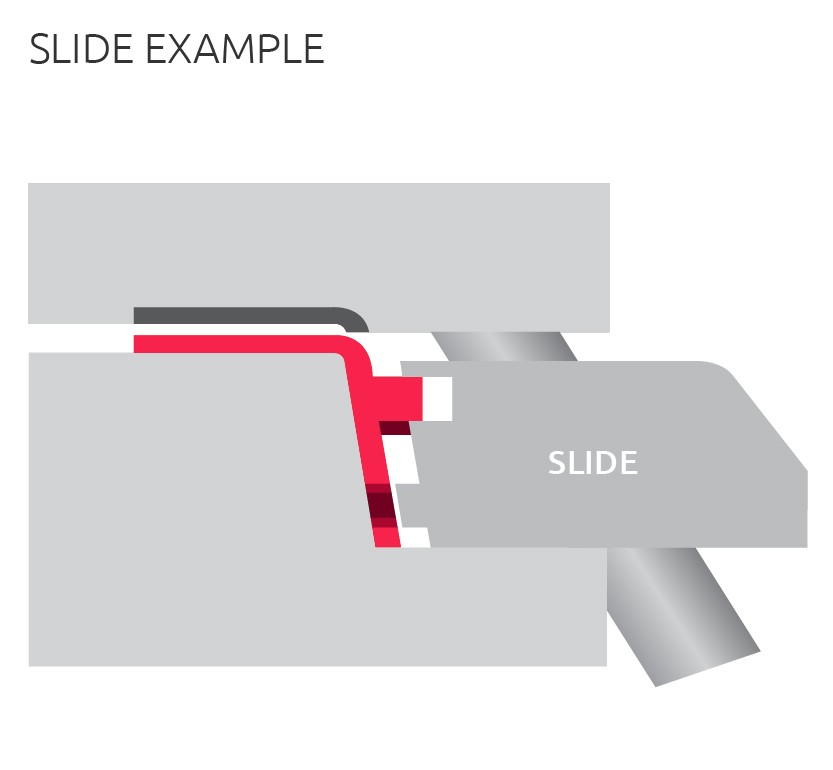 Slide Action in Injection Mold
Slide Action in Injection Mold
Image Description: An illustration shows a visible slide in the mold, demonstrating its position and movement with a label.
Here are the steps usually taken into consideration for fabricating side action in mold designs:
Design
It is advised to design side action from high-strength steel alloys. Because it can withstand the stress and material wear experienced by moving parts. Designers create preliminary designs in CAD models that include intricate features and prevent flaws.
Choose Mold and Component Materials
Design manufacturers deploy materials to make molds. They precisely assess properties like thermal expansion, corrosion, and material strength. In general, materials like aluminum or copper are often used in making sliders and cams.
Machining and Fabrication
Precision machining helps the production of complex features, including undercuts and grooves. Advanced CNC machines manufacture every component in the mold to maintain consistency for longer use.
Heat Treatment and Assembly
Different procedures like quenching and tempering help increase the strength and hardness of the material. Heat treatment procedures start from (800-900 degrees) to extend the life of mold components. The mold assembly requires precise alignment (90 degrees) of side actions while maintaining their movement.
How To Choose the Right Mold Maker?
To choose a reliable mold maker, here are the must-follow steps to make the right decision.
- You must evaluate the market reputation, and materials they use, and analyze their costing structure.
- A trustworthy mold maker offers comprehensive support in customization options.
- If you want to get your product delivered on time, choosing Premium Parts can be your right decision. Our expert team helps in delivering quality products that meet your unique requirements.
- To confirm a successful relationship with the industry, evaluate your manufacturer’s track record, certifications, and customer testimonials.
- Make sure there are no hidden expenses related to the project.
Final Verdict
Using side actions in injection mold design revolutionizes the way manufacturers handle complex part designs. These allow the creation of sophisticated features such as undercuts, threads, and deep recesses that standard molds can’t achieve. However, reducing the number of production steps, maintaining consistent results, and side actions offer a solution for advancing mold design. Besides, these provide operational reliability and scale in longer use.
FAQs
Q1: What are the injection molding side actions?
Side actions are mold design features. To simplify, these are considered mechanical elements to produce intricate part features such as undercutting threads and deep recesses.
Q2: How do these side actions function?
Side actions are operated through mechanical systems, which include cams, hydraulic cylinders, and pneumatic systems.
Q3: Mention some common types of side actions.
A few typical types of side actions are cam-driven, lifters, sliders, unscrewing side actions, and collapsible cores.
Q4: How do core pulls work in injection molding processes?
Core pulls operate mechanically. It often employs hydraulic or pneumatic actuators. These shift the mold cores during the injection and ejection phase to form complex features.



